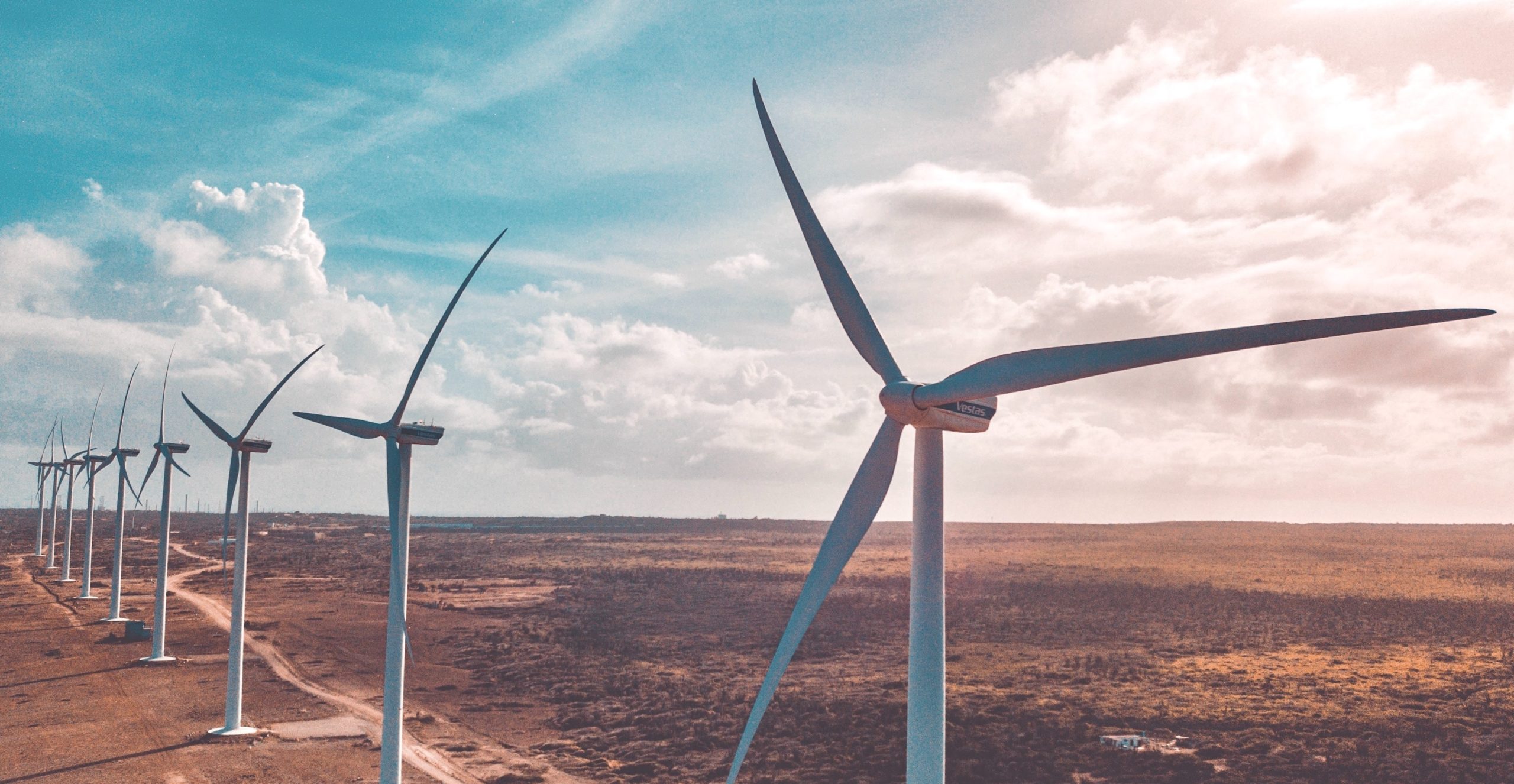The possibility of birds being killed by windmills, also known as wind turbines, is a concern that has been raised by environmentalists and animal lovers alike. However, the extent to which windmills pose a threat to birds is a matter of debate, with some studies suggesting that the impact is minimal, while others point to the potentially significant impact on certain bird populations.
One of the main arguments in favor of wind energy as a source of renewable energy is that it has a relatively low impact on the environment, including wildlife. In comparison to fossil fuel sources such as coal and oil, which have been linked to a range of negative environmental impacts, wind energy is often seen as a cleaner and more sustainable alternative. However, this does not mean that windmills are completely without environmental impact.
One potential concern is the potential for windmills to collide with and kill birds, particularly those that fly at high altitudes. This risk is largely determined by the location of the wind farm, with some areas being more prone to bird strikes due to the presence of migratory routes or concentrations of certain bird species. For example, a study published in the journal Environmental Impact Assessment Review found that wind farms located in the Altamont Pass area of California, which is known for its high concentration of golden eagles and other raptors, had a higher rate of bird fatalities compared to other areas.
However, it’s important to note that the overall number of bird fatalities caused by windmills is relatively small compared to other sources of bird mortality. According to a study conducted by the U.S. Fish and Wildlife Service, wind energy facilities were responsible for around 0.01% of bird deaths in the United States in 2009. This is significantly lower than the number of birds killed by other human activities, such as building collisions (24%), power lines (25%), and communication towers (4%). It’s also worth noting that the impact of windmills on bird populations can be mitigated through careful planning and design, such as avoiding construction in areas with high concentrations of bird life and using bird-safe blades and other measures.
Another factor to consider is the potential impact of windmills on the habitat of certain bird species. Some critics have argued that the construction of wind farms can alter the landscape in ways that can negatively impact birds and other wildlife. For example, the clearing of land for wind farm construction can destroy nesting areas and disrupt the natural habitat of certain species. However, it’s worth noting that wind energy projects can also have positive impacts on the environment, such as reducing greenhouse gas emissions and providing habitat restoration opportunities.
In conclusion, it’s clear that windmills do have the potential to impact birds and other wildlife. However, the extent of this impact depends on a range of factors, including the location of the wind farm, the number of windmills, and the measures taken to minimize the risk of bird strikes. Overall, it appears that windmills are a relatively minor source of bird mortality compared to other human activities, and the benefits of wind energy as a source of renewable energy should not be overlooked. While it’s important to carefully consider the potential impacts of wind energy projects on the environment, it’s also worth keeping in mind that there are many ways to minimize these risks and that wind energy has the potential to play a significant role in helping to combat climate change and protect the planet for future generations.

Leave a Reply